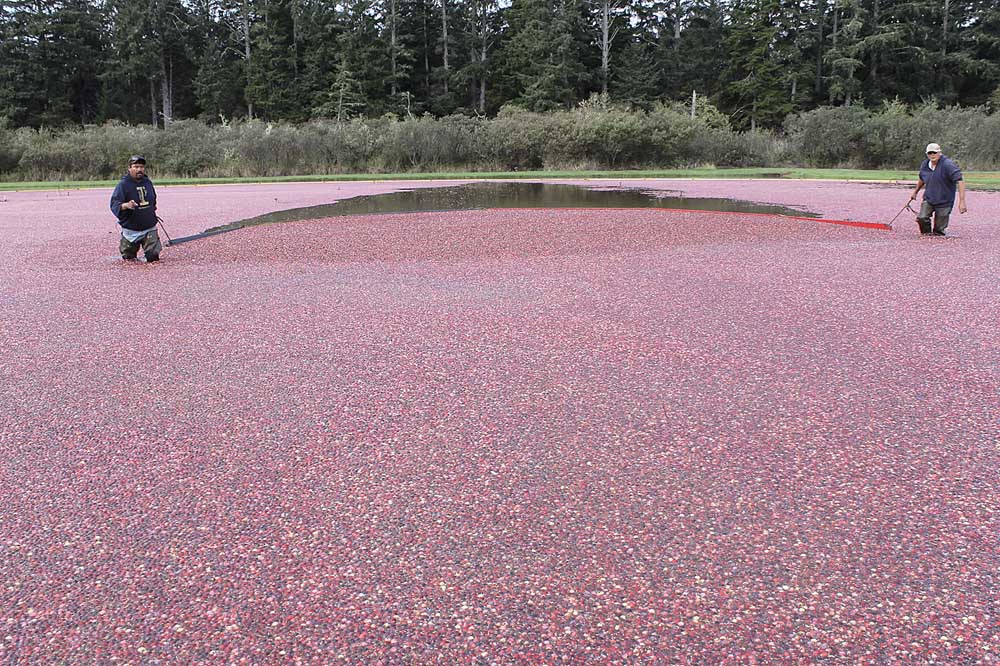Online Auction – Corbett Estate Auction
Corbett Estate Auction Date(s) 4/14/2025 - 4/30/2025 Bidding Opens April 14th at 5pm (pst) Bidding Starts to Close April 30th at 5pm (pst) OFFSITE AUCTION - All items located in […]
Published 1:32 am Thursday, April 5, 2018

Cranberry handlers were ordered by the USDA on Wednesday to withhold from U.S. consumers 15 percent of the 2017 crop to raise prices that farmers receive.
The reduction applies to cranberries grown by approximately 1,100 farmers in 10 states, including Oregon and Washington. Growers and handlers petitioned the USDA for volume controls to chip away at a huge surplus.
The USDA projects the order will divert as many as 110 million pounds of cranberries to charities, animal feed or foreign markets.
Consumers are unlikely to see higher prices, but the reduction likely will help farmers, according to the USDA. The agency didn’t forecast a specific bump in grower returns. Even with volume controls, the supply of cranberries will exceed demand. The USDA projects carryover inventory will equal 83 percent of annual sales.
“We’re going to go through some tough times in the next few years,” said Washington cranberry farmer Malcolm McPhail.
An Ocean Spray spokeswoman said in an email that the farmers cooperative believes volume reduction will be good for the industry.
Consumer demand has been flat for several years, while production has been on an upward trend, especially in Wisconsin. The industry has not self-corrected.
The Cranberry Marketing Committee, made of growers and handlers, projected last summer the surplus would reach 115 percent of annual sales without action.
The USDA’s order follows the 15 percent cut recommended last summer by the committee. The committee later changed its recommendation to 5 percent because the 2017 harvest was smaller than forecast. Ocean Spray supported the lower figure, but USDA stuck with the higher percentage.
A 5 percent reduction would have left a surplus of 90 percent and not lifted prices, according to the USDA. The market committee is also seeking a volume reduction of 25 percent for the 2018 crop. The USDA has yet to rule on that request.
The cranberry surplus has not stimulated consumer demand, but it has hit farmers. Growers earned an average of 30 cents a pound in 2011 and 10 cents a pound in 2016. The industry puts the average cost of production at 35 cents a pound, according to the USDA.
Organic cranberries, a small part of the market, are exempt from the order, as are handlers who dispose of all of their 2017 fruit before this year’s harvest. The order also exempts handlers who take in fewer than 125,000 barrels, or 12.5 million pounds. The exemption applies to 88 percent of the handlers, but only covers 10 percent of the volume, according to the USDA.
Handlers can meet up to 50 percent of their obligation by disposing of juice concentrate, rather than whole fruit. Juice concentrate is a byproduct of dehydrated cranberries and makes up a large share of the surplus, though not as much as frozen berries, according to the USDA.
The order doesn’t apply to cranberries coming into the U.S. from Canada and Chile, two countries with rising production.